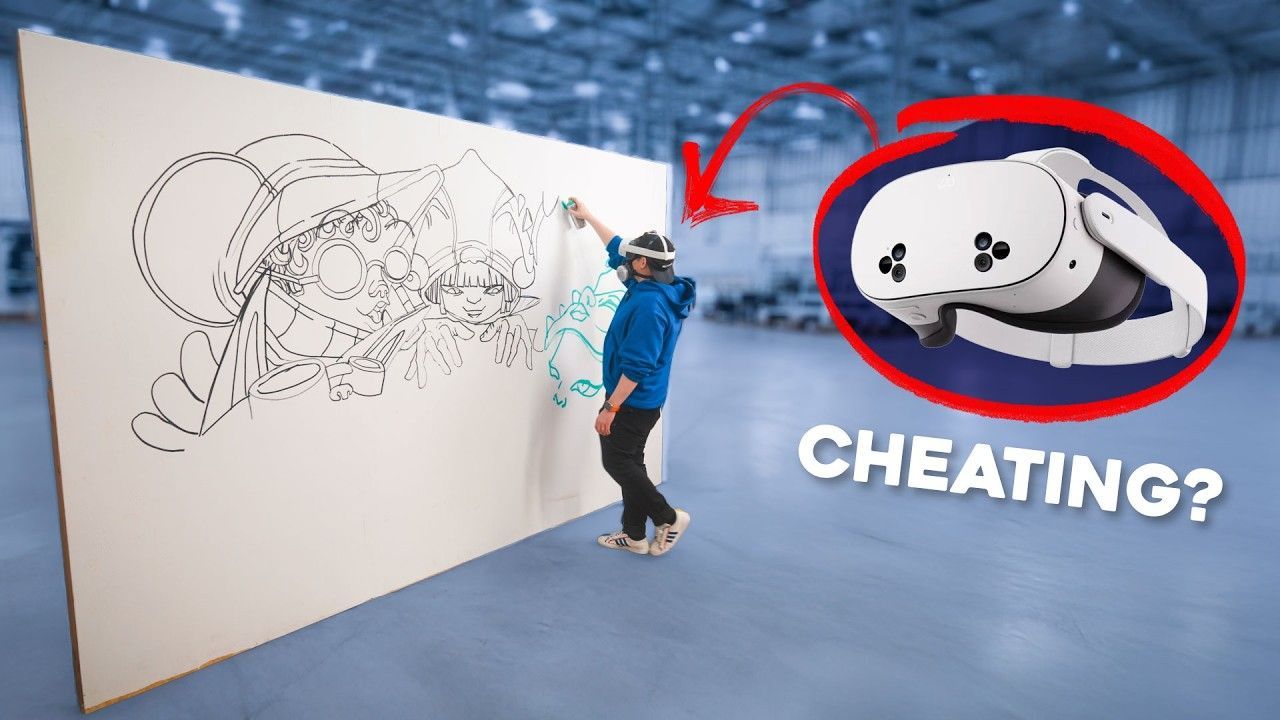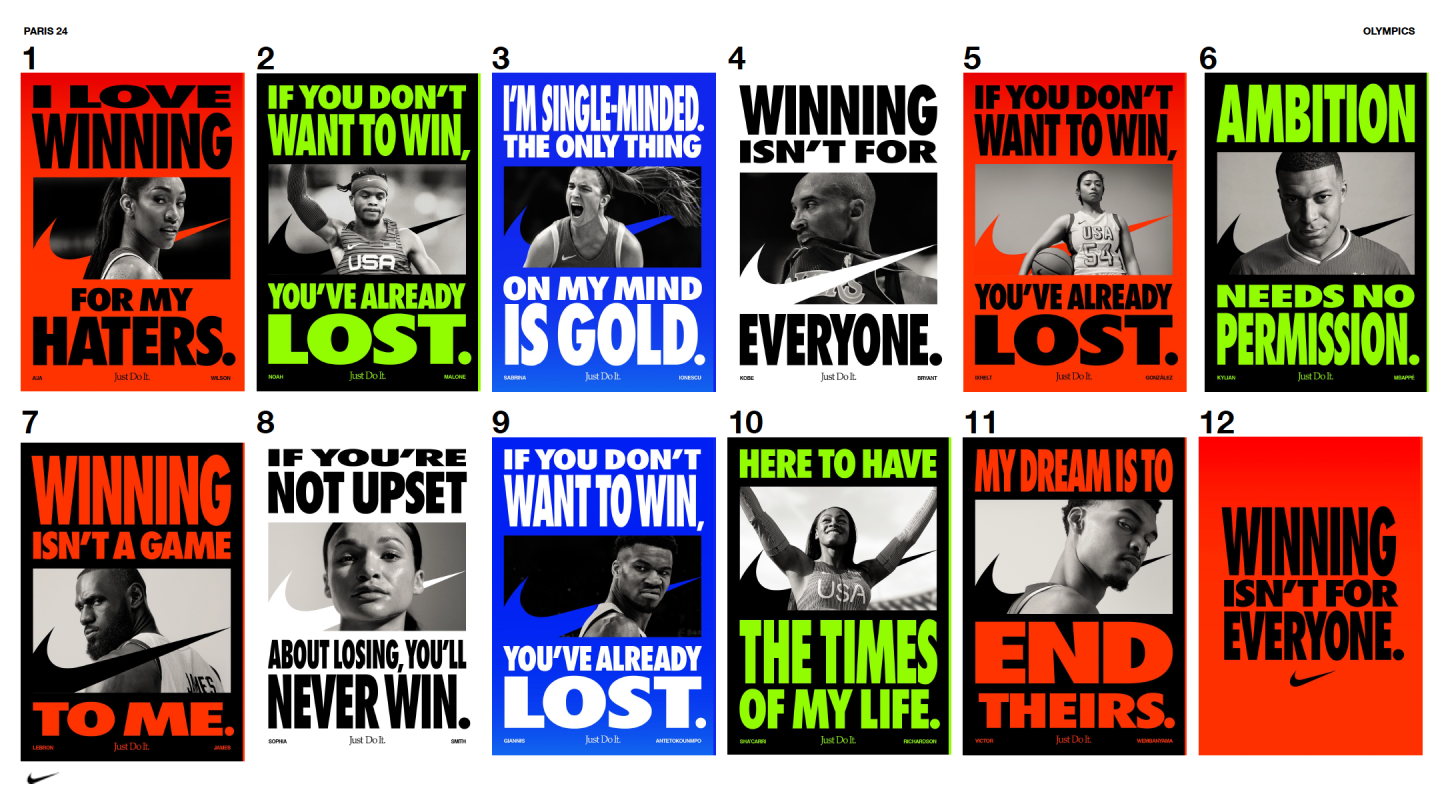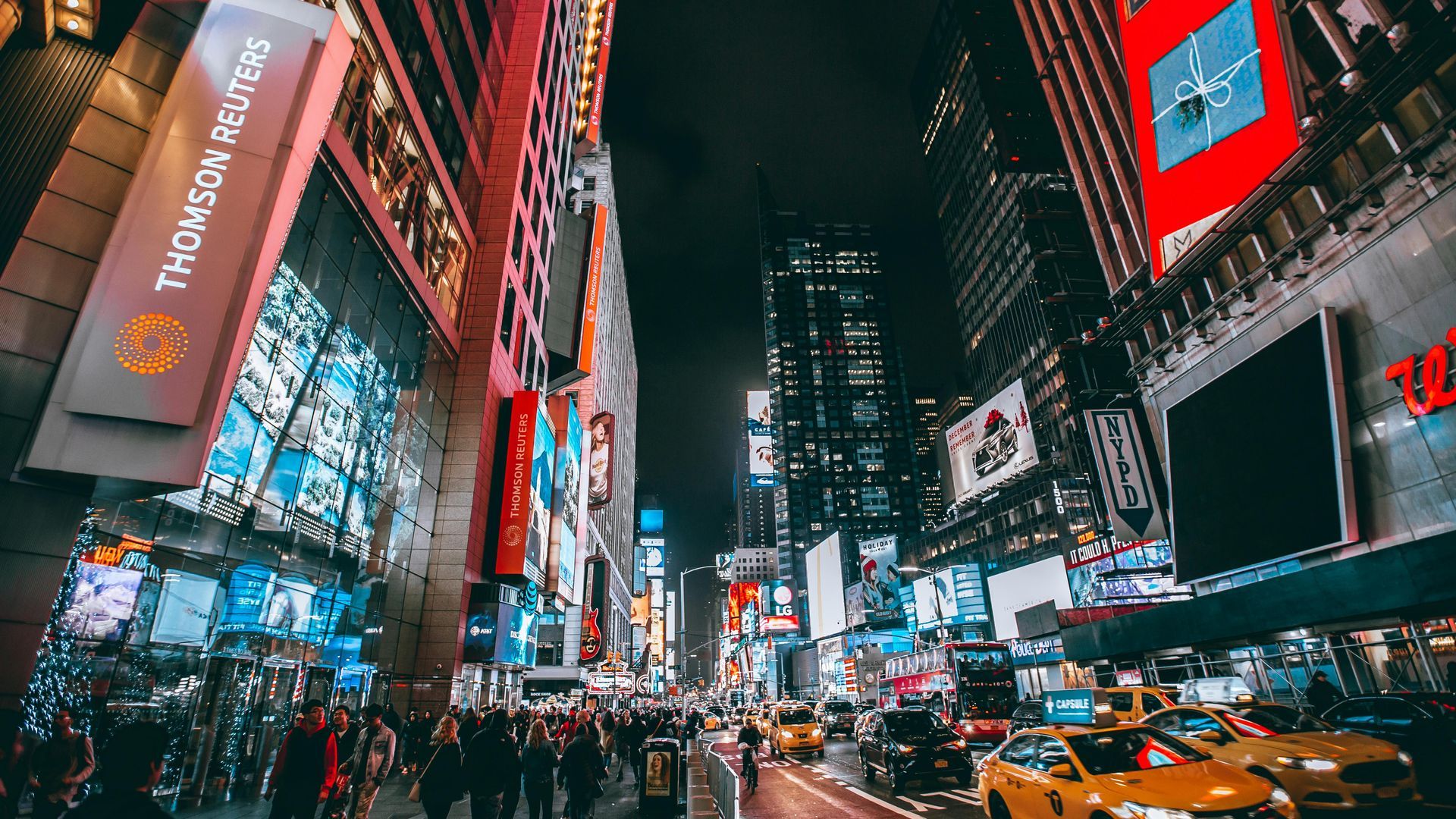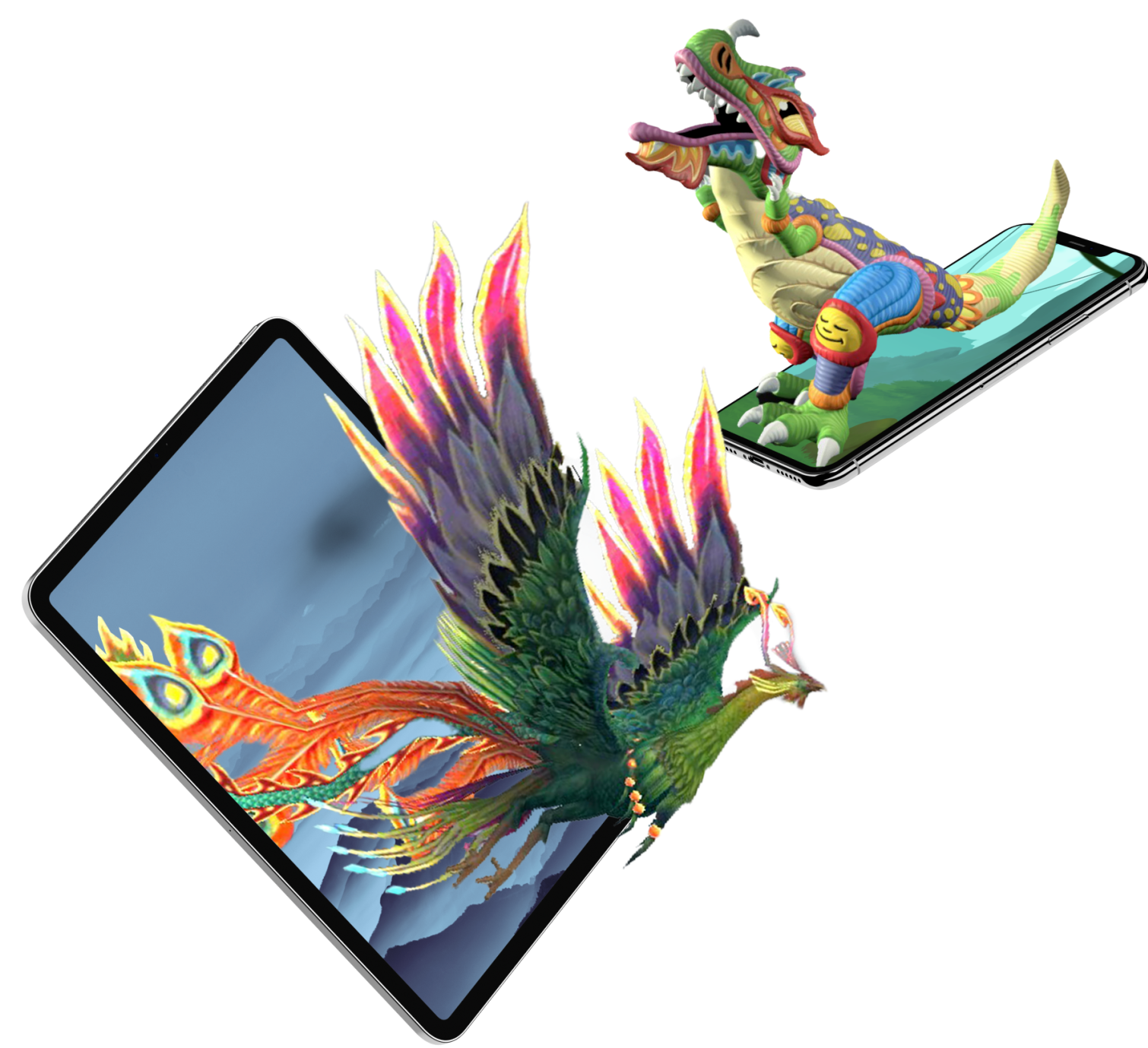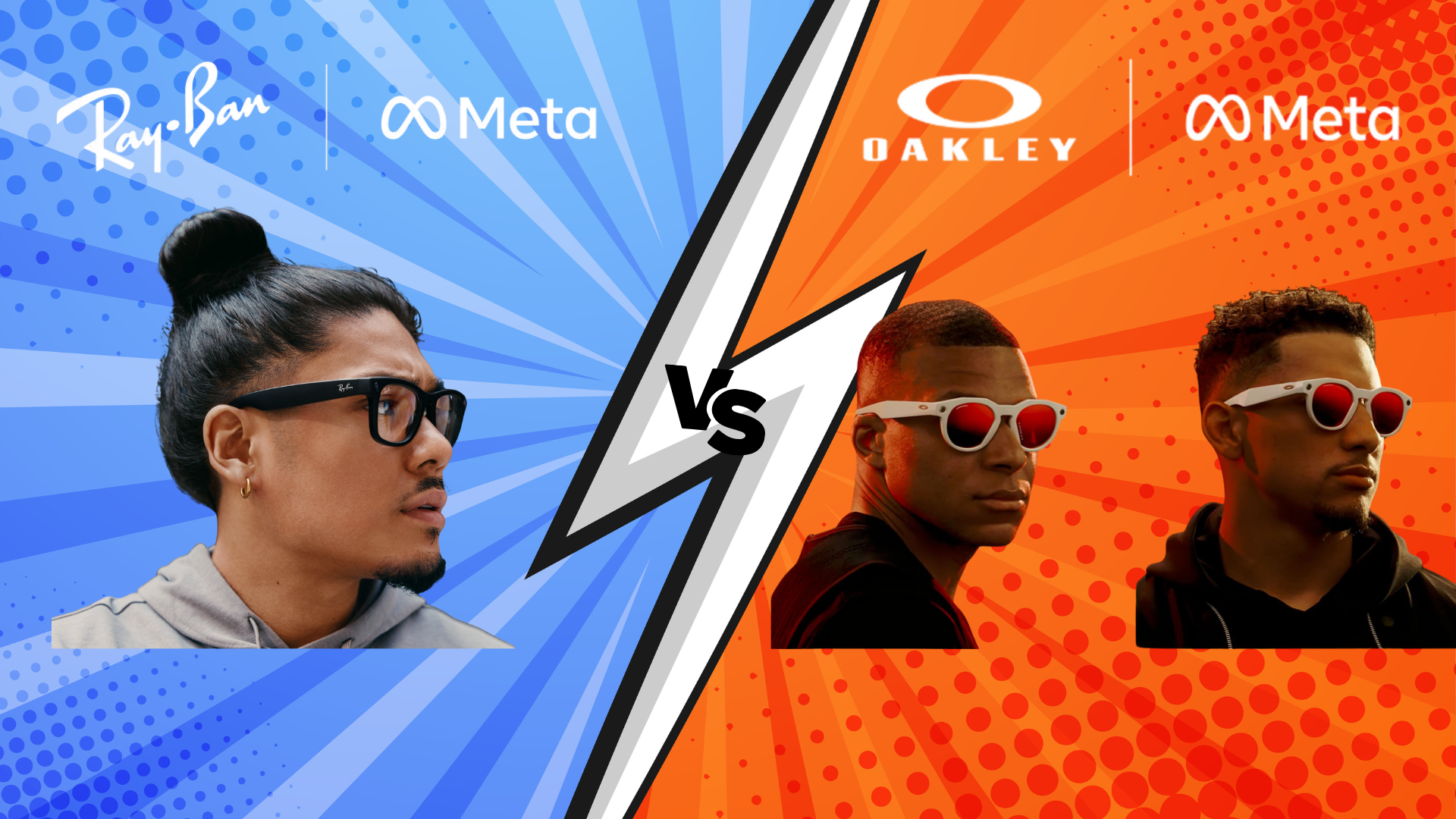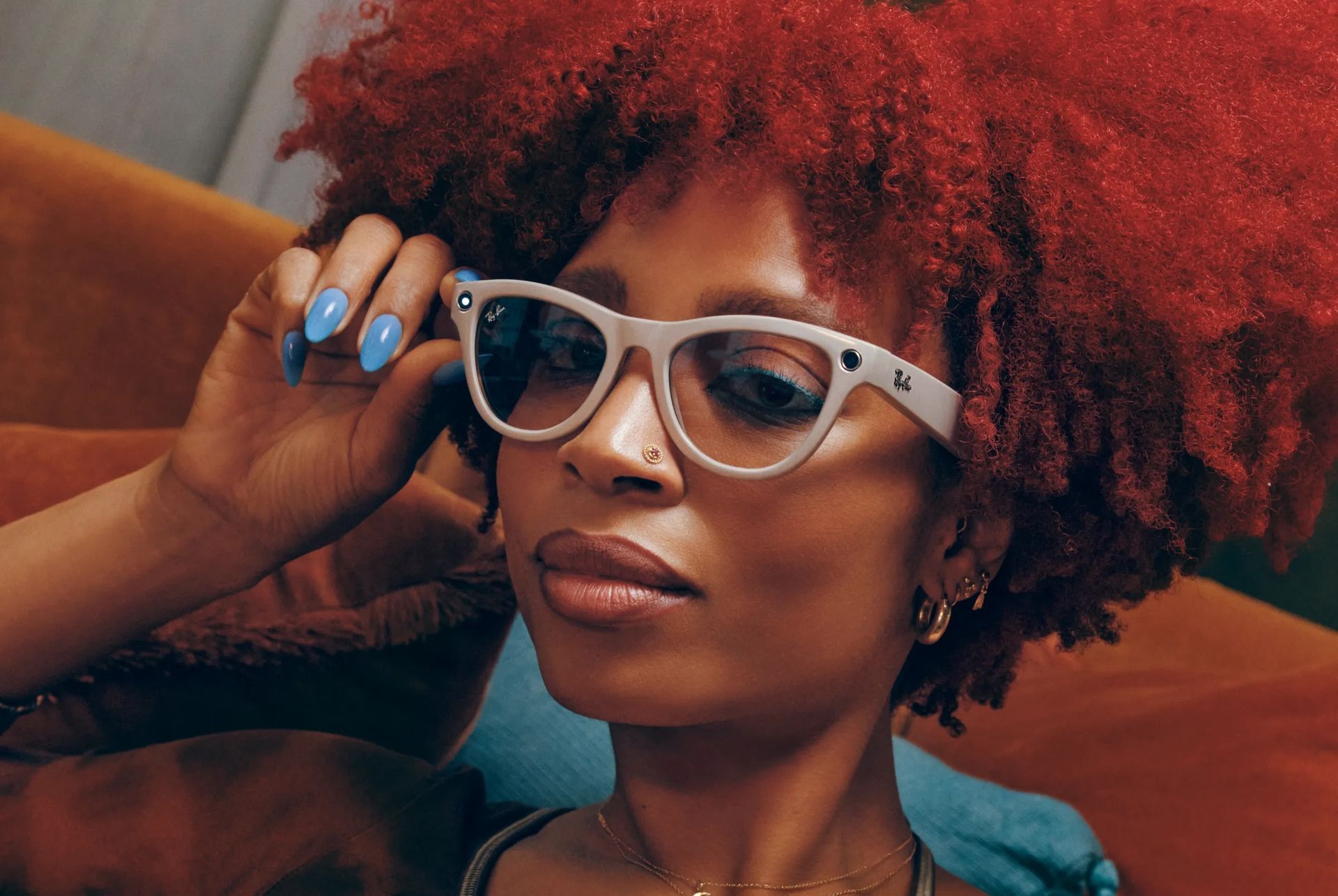LET'S TALK XR - EPISODE 2 - IS XR THE SUPERHERO EDUCATION NEEDS?

Overview
Augmented, Virtual, and Mixed Reality (collectively known as XR) has the potential to completely transform the way we learn in the classroom and beyond. From virtual field trips to historical landmarks, to hands-on mixed reality CPR training, we explore the many ways in which XR is impacting higher education.
Universities worldwide are beginning to explore the impact these immersive experiences can have on the way students learn and how to best prepare students for the XR careers of the future. Meanwhile, bleeding-edge research into XR use cases continues to gain momentum amongst faculty researchers.
The XR education market is expected to grow from $9 billion in 2018 to over $20 billion by 2023.
In this webinar, Darren Hubbard, Chief Information Officer of Wayne State University, alongside Jeremy Nelson, Director of XR initiative at Michigan University, and Luis Garcia, Vice President of Emerging Technologies at Full Sail University, will discuss how their universities are integrating XR and how they think XR will impact the future of education.
What You’ll Learn
- How top schools are using immersive technologies inside the classroom
- How major universities are using augmented reality & virtual reality in faculty research
- How students can develop the skills needed to build XR experiences
- Best practices for starting an XR initiative at your University
- How to get widespread faculty buy-in to use new immersive technologies
- What employers do you have looking at students with XR capabilities?
Well, there you have it. We'll see you again in a couple of weeks but either hit that subscribe button or follow this blog as we plan to create much more metaverse and XR-related content moving forward!
